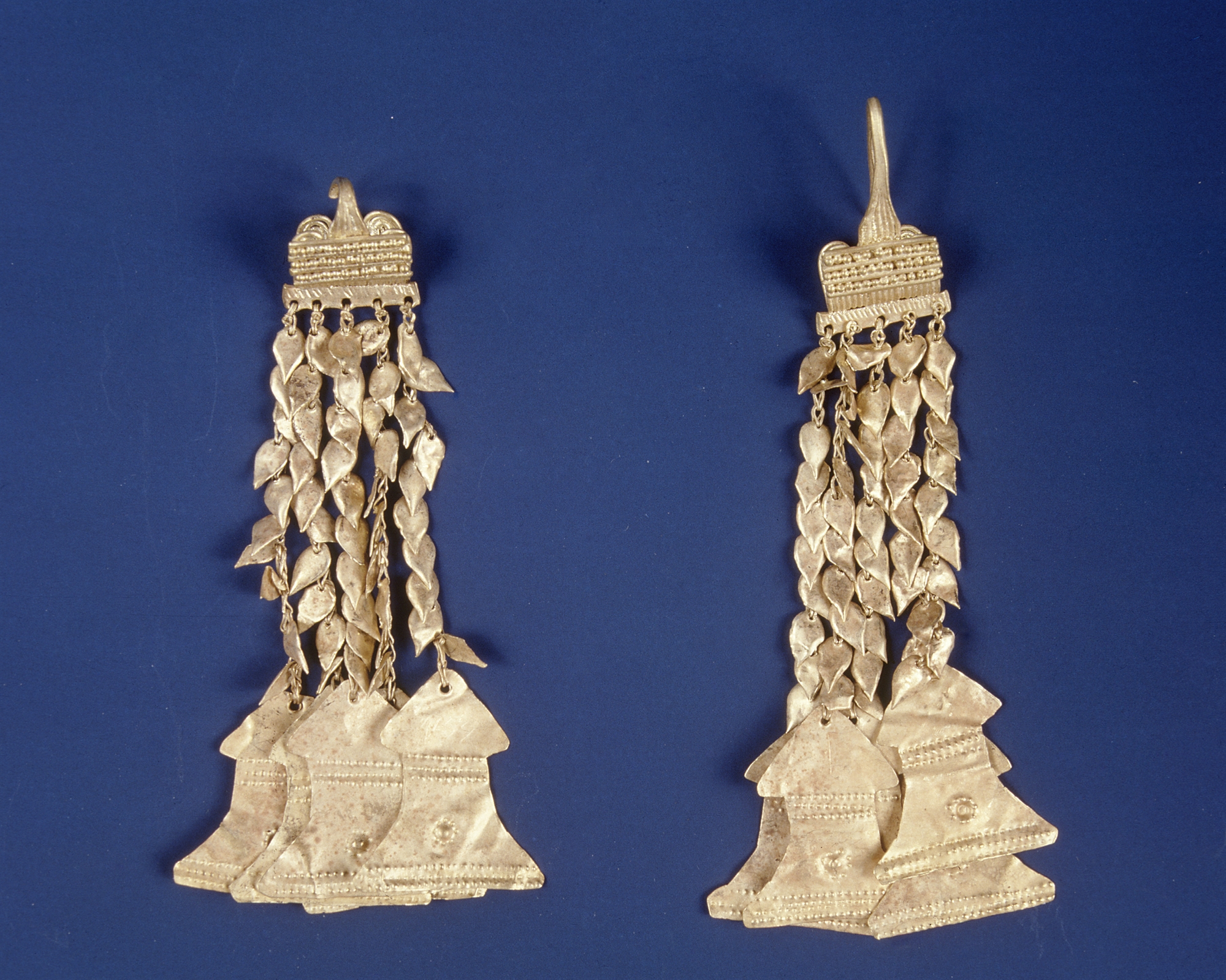
What led to the abandonment of the settlement of Poliochni on Lemnos in the Early Bronze Age? Where is the collapse of the Mycenaean world attributed? Was its end due to civil strife, or was it hastened by a prolonged drought? How global was the environmental impact of the Santorini eruption? How quickly did life return to normal?
Archaeologists of the Department of the Collection of Prehistoric Antiquities National Archaeological Museum conceived to take part in the events dedicated to the International Museum Day 2023, with an action that aims to trace the possible effects of climate change on the civilizations that flourished and also died out in the Aegean in the prehistoric period.
“There are no written sources, but we have indications from various sources that where major cultural catastrophes occur, they are associated with large-scale changes in physical and geographical potential,” says Kostas Nikolentsos, head of the museum’s prehistoric antiquities collection. Excursion “K” it begins with a room, relatively unknown to the general public, containing finds from Poliochni on Lemnos, the first “city” in Europe with a clear urban organization, roads, walls, drainage systems, as well as objects (such as gold jewelry). which testifies to the developed trade and communication with remote areas. These settlements cease in the middle of the 3rd millennium and resume at the beginning of the 2nd millennium.

“Where major cultural catastrophes occur, they are associated with large-scale changes in the physical and geographical potential,” says Kostas Nikolentsos.
It is important to note that no burials have been found in these settlements, so it is probably reasonable to assume that population displacement took place. What triggered it? “These finds come from the so-called treasures, that is, they were collected in makeshift hiding places, which means that the inhabitants of Poliochni could see a threat on the horizon,” “who knows,” archaeologist Katya Manteli joins the discussion. . They also state that around 2300 B.C. the destruction of “buildings with corridors” is observed in Argolis and Boeotia, which is probably associated with the erosion of arable land, due to a long period of drought. We stop at a showcase with signs in Linear B. “The imprint of the fall of the Mycenaean palaces,” Mr. Nikolentsos explains. “Signs made of clay were petrified by fire, became stone, and therefore were saved.” Many things could have destroyed the Mycenaean Kingdom: conflicts and quarrels, economic reasons, but no one can rule out a climate change reason. This is confirmed by the fact that during the same period the state of the Hittites disintegrated in the eastern Mediterranean. “The study of alluvial deposits, palynological studies, as well as analyzes of marine microorganisms living in warm waters, confirm that at this time the temperature of the sea surface and the atmosphere drops. Over time, this reduces crops and destroys them, forcing large groups to move,” says archaeologist Katerina Costantis. “Societies regress and rebuild into earlier forms of social and political organization – villages, tribal groups – and this continues until the first centuries of the Iron Age,” he adds. What is striking is that this change continued until the 4th century BC. when all the conquests of the Greek spirit have already been completed. “Human ingenuity leads—despite adverse conditions—to leaps in know-how and technology that push societies to rebuild despite climate change disasters,” he adds.
As we go up to the floor where the finds from Thira in the late Bronze Age are presented, archaeologists comment on various theories related to the eruption of the Santorini volcano and its dating. This natural phenomenon shocked the world? Everyone notes that it was important, but not for long. “Fira was destroyed, the island was evacuated and repopulated centuries later, but life continued in the wider Mediterranean. No huge changes are visible in Egypt, but the new data do not allow us to speak with confidence about the impact of volcanic activity on the Minoan civilization, ”concludes Mr. Nikolentsos.
“Continuity and Breaks in the Prehistoric Aegean”. On May 17, 18 and 19 admission is free. You must register by calling 213-21.44.889 and 213-21.44.856. Similar actions are held in all state museums of the country.
Source: Kathimerini
Ashley Bailey is a talented author and journalist known for her writing on trending topics. Currently working at 247 news reel, she brings readers fresh perspectives on current issues. With her well-researched and thought-provoking articles, she captures the zeitgeist and stays ahead of the latest trends. Ashley’s writing is a must-read for anyone interested in staying up-to-date with the latest developments.